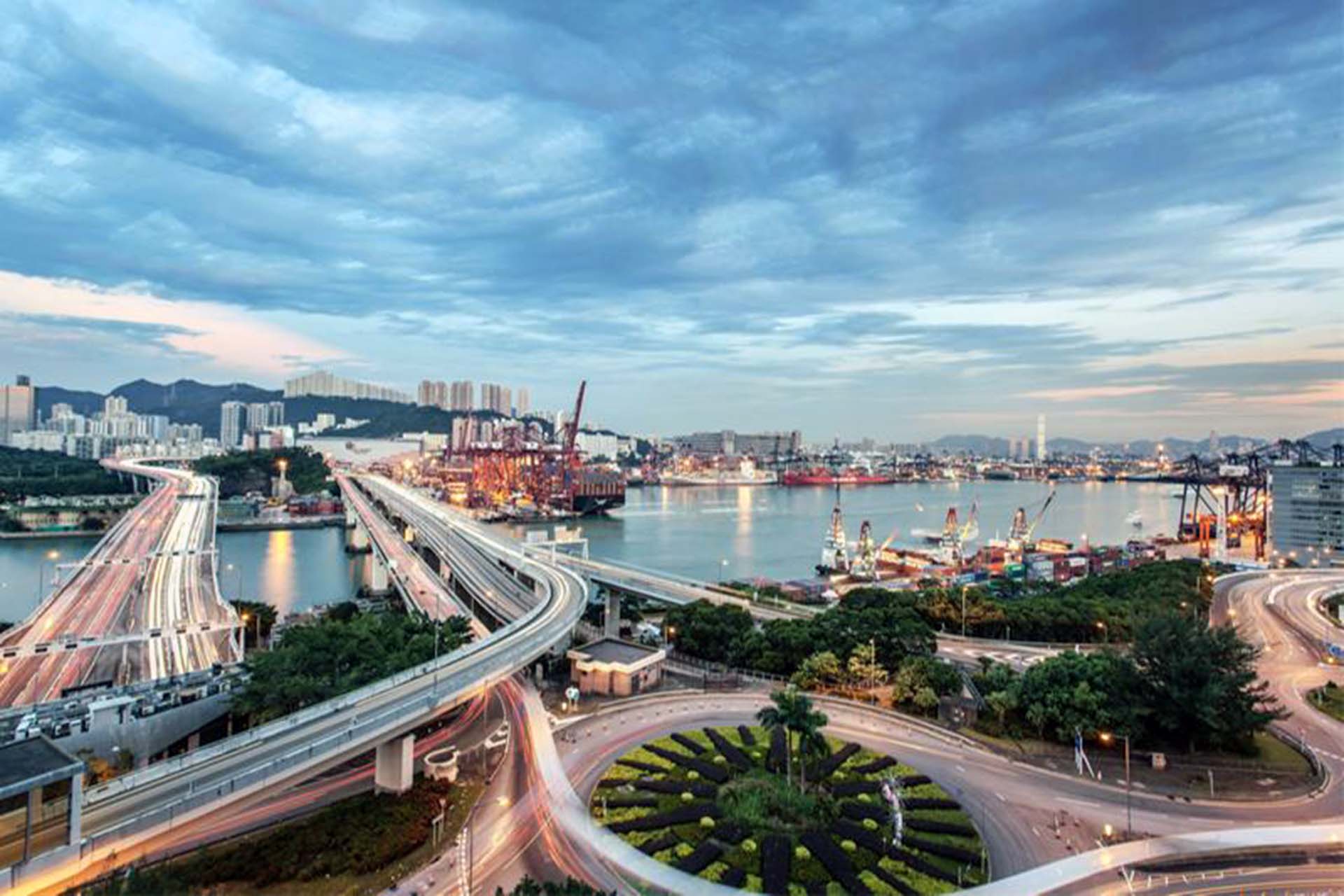
For International Day for the Abolition of Slavery, Youth Ambassador Isobel Archer looks at what it is that makes modern slavery modern.
Discourse surrounding modern slavery and human trafficking all too frequently reiterates and evokes images of the transatlantic slave trade.
By drawing comparisons between slavery in the 21st century and slavery in the 18th century, we can easily dismiss or undermine the issue. One genuinely useful similarity does, however, stand out over other attempts to analyse slavery comparatively – its ubiquitous nature.
The transatlantic slave trade was legitimised as a legal, highly visible and therefore normative practice. Modern slavery taints all industries, yet is still quietly accepted, partly because of a general lack of understanding, but predominantly due to its illegal status which drives human trafficking underground, out of sight. To paraphrase, when we talk about “human trafficking”, we refer to the Palermo Protocol supplementing the 2004 UN Convention Against Transnational Organised Crime.
Definitions of modern slavery have been informed by Palermo, and can be summarised as involving three characteristics: transfer, coercion and exploitation of people. The generally accepted and working definition that Shiva and other anti-trafficking organisations use is:
the movement of people by means such as force, fraud, coercion or deception with the aim of exploiting them.
These forms of movement and exploitation are wide-ranging and occur at all levels of society in both public and private spheres. This broad definition includes all forms of slavery such as forced labour, sexual exploitation, domestic servitude and even organ trafficking. It also highlights one of the unique and harrowing aspects of trafficking as business and humans as commodities: human beings can be sold again and again, often having short relationships with their traffickers due to the temporary nature of their work.
The dynamic and invisible nature of modern slavery unfortunately also makes it very difficult for researchers and investigators to report accurately on the prevalence of trafficking, yet 45.8m people are estimated to be enslaved worldwide, with 13,000 of those in the UK. Modern slavery is also thought to be the world’s second-largest criminal industry, as well as its fastest-growing industry (illegal or otherwise). The very fact that the three most common countries of origin for people trafficked to the UK are in three different continents, is itself evidence of the pervasiveness of slavery, yet in the modern world slavery is both everywhere and nowhere.
To mark this year’s International Day for the Abolition of Slavery, this blog series will focus on some of the reasons why slavery persists over two centuries after it was formally abolished in the UK. The next three posts will look at the role of globalisation and the rise of technology, invisibility and psychological entrapment and public misconceptions in the perpetuation of slavery today.
What is it about modern slavery that means numerous international protocols, conventions, growing legislation at state level and the support of numerous actors including politicians, charities, NGOs, celebrities and civil society actors have failed to curb its growth?
What is it about our modern world which facilitates the nefarious spread of this invisible crime?


